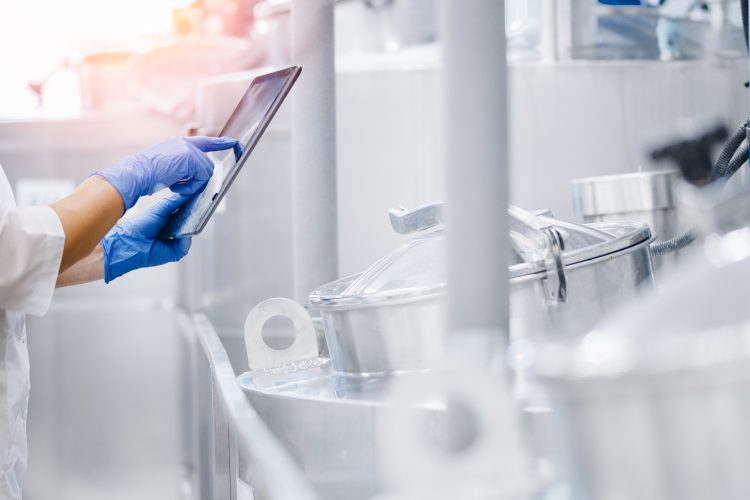Is safer food storage on the horizon?
- Like
- Digg
- Del
- Tumblr
- VKontakte
- Buffer
- Love This
- Odnoklassniki
- Meneame
- Blogger
- Amazon
- Yahoo Mail
- Gmail
- AOL
- Newsvine
- HackerNews
- Evernote
- MySpace
- Mail.ru
- Viadeo
- Line
- Comments
- Yummly
- SMS
- Viber
- Telegram
- Subscribe
- Skype
- Facebook Messenger
- Kakao
- LiveJournal
- Yammer
- Edgar
- Fintel
- Mix
- Instapaper
- Copy Link
Posted: 4 March 2024 | Grace Galler | No comments yet
A team of researchers have created a new coating that they claim allows for “safer” food storage. Find out more here…


Hoping to prevent corrosion risks and hygiene concerns in the food sector, researchers have developed a two step coating for galvanised steel food containers.
Dr. Mustafa Akbulut, Professor of Chemical Engineering, and Dr. Luis Cisneros-Zevallos, Professor of Horticultural Science of Texas A&M University have now shared their creation with the world, and claim that the coating “reduce corrosion by at least 70 percent”.
Currently, galvanized steel containers and surfaces are used for harvested produce due to their durability, strength and lower cost compared to stainless steel. However, according to the scientists bacteria residing in storage containers has previously caused corrosion.
Speaking about their innovation process, Akbulut said: “This material is more durable and doesn’t experience corrosion. The surface itself can repel the bacteria so it doesn’t get germs stuck on it. Normal steel tends to collect pathogens and microorganisms, but the coated steel is overcoming that issue. These are the main benefits of this technology.”
The research was published in the Journal of Food Engineering and, according to the team, the coating method for galvanized steel exhibits superhydrophobicity and antifouling capabilities, effectively “inhibiting the attachment of fungi, bacteria and mud”.
“This will have an impact because the people that consume fruits and vegetables trust that they’re buying something safe, and it will not affect their health. Right now, the industry does their best to reduce those risks, but you will hear about outbreaks of these contaminations and people getting sick. There are sometimes reported deaths because of these events,” explained Cisneros-Zevallos.
Throughout the coating process, the material properties, structural properties and mechanical strength of steel do not change. Akbulut noted that only the very top layer of the steel is coated, since that is where food comes in contact with the surface.
Previous research has found that this coating diminishes bacterial strains within seven days and minimises adherence to Aspergillus, a foodborne fungus.
According to the study authors, their coating technology can “potentially be used on grain storage silos, along with other food-related storage units and containers” and “will also benefit agricultural farmland”.
“Many of the food-produced commodities come to the industrial setting in some sort of soil, debris or mud. So, even if the produce is washed, these commodities can cause contamination. With this technology, we are reducing mud-related contamination,” explained Akbulut.
Episode 49: Applications of AI Part One with Jorge Hernandez
Looking to the future, Cisneros-Zevallos has shared that the coating could be adapted and used to aid in facilitating fewer outbreaks.
“Our goal is to make the industry adopt this. Processors will benefit in the sense that they will be handling something that they can deliver in a trustful way to consumers, and consumers will benefit because they will have something that will be safe for them,” said Cisneros-Zevallos.
“With this research, we are ensuring that the technological developments from other fields are being pursued and implemented in agriculture. The agricultural field is catching up with other technologies. This coating directly impacts our daily life and the food we’re trying to make safer.”
Related topics
Food Safety, New product development (NPD), Packaging & Labelling, Quality analysis & quality control (QA/QC), Research & development








